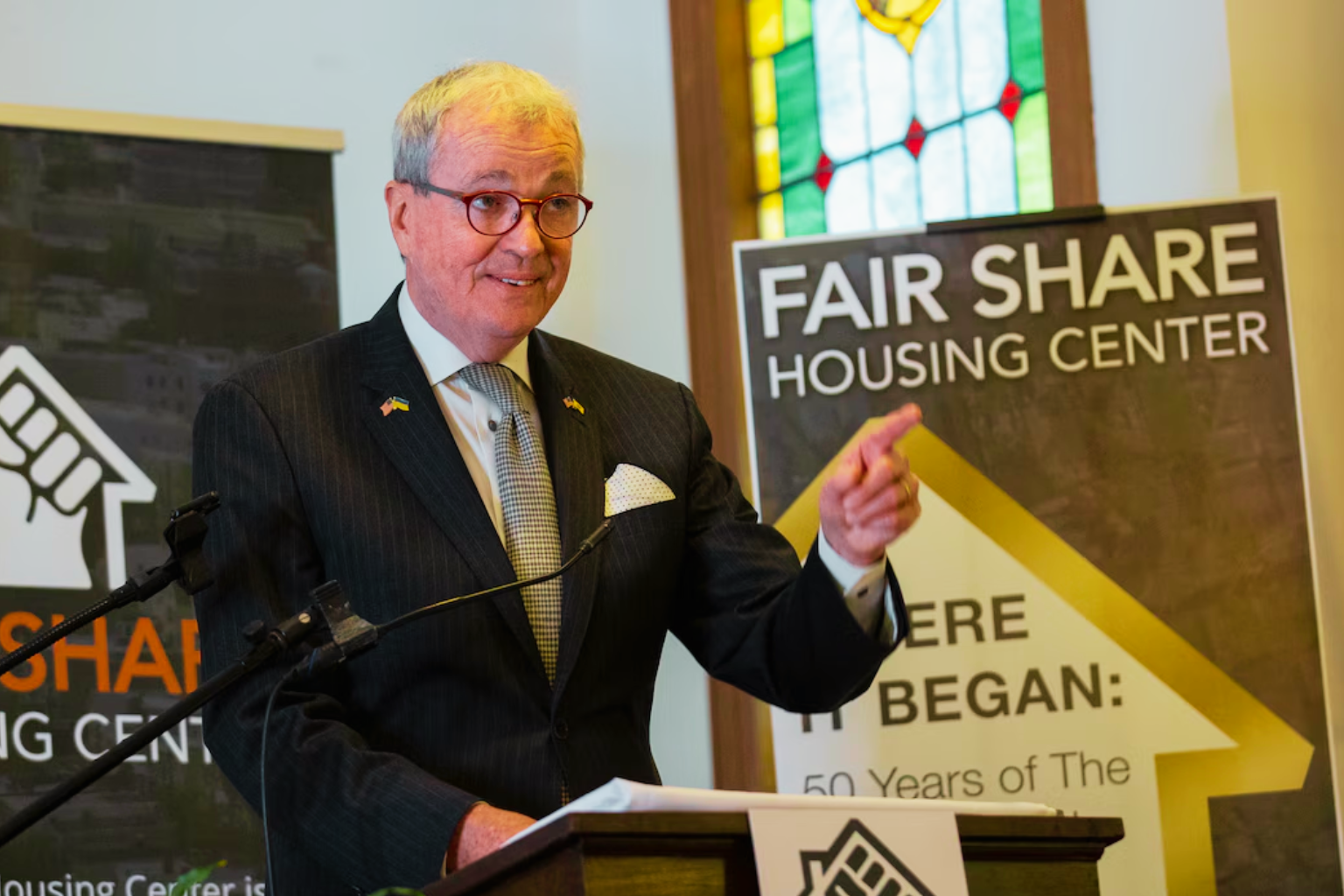Affordable Housing or a Clean Environment: Why We Shouldn’t Be Forced to Choose

People usually think of cheap flats in dense buildings when they hear “affordable housing.” Forests, pure water, and clean air come to mind when they hear “clean environment.” Unfortunately, these two ideals are typically presented as conflicting forces, as if society must choose one. But competition shouldn’t be required. Safe, stable housing and a healthy environment are essential.
Revising flood zone, wetland, and coastal boundary environmental protection standards in New Jersey has sparked a heated discussion. The early proposals were broad and aggressive to reduce climate damage. The rules were relaxed under pressure from powerful development groups. Builders argued that tight environmental regulations would slow economic growth, discourage investment in vulnerable areas, and prevent cheap home deliveries. Developers have more freedom to circumvent environmental regulations.
A move permits developers to ignore environmental requirements for “inclusionary” developments, which combine market-rate and affordable housing. The waiver can impair sensitive land safeguards because many multifamily buildings fall into this category. At the same time, hundreds of state municipalities had to create housing plans and set 10-year affordable unit targets. Many of those schemes are facing legal challenges from developers and housing advocacy groups. Multiple communities in one region fear litigation that might remove their development safeguards.
This push and pull is crucial in environmentally sensitive locations. New Jersey’s Highlands, which supplies much of its drinking water, are stressed. Water purity, forest ecosystems, and flood resistance are affected by land use changes. Housing regulations are driving development plans that harm old forests, damage water quality, and raise flood risk in nearby communities. Scientists and local citizens worry about downstream floods, habitat loss, and water quality if roughly 500 dwellings are built on a 127-acre forested slope in one township.
A deeper discrepancy exists in New Jersey law. The landmark Mt. Laurel state court rulings require every town to provide affordable housing. These rules say such housing cannot be outsourced to metropolitan regions. However, they emphasize that inexpensive housing should not compromise delicate ecosystems or vital water resources. Many developers have used the court’s housing mandate to argue that environmental regulations must go.
This contradiction is significant: low-income households and vulnerable communities need affordable housing. Yet those families deserve clean air, healthy water, and freedom from pollutants and flooding. Environmental justice requires properly built affordable housing with strong safeguards. Policies shouldn’t treat housing and health as zero-sum.
Risks are higher than ever because to climate change, flooding, and habitat loss. Affordable housing and environmental protection must be addressed together in New Jersey and other states facing comparable constraints. Strong oversight, wise development rules, adaptive design incentives, and environmental protections could restore equilibrium. We must reject the false choice between shelter and safety and support a future where every inhabitant has an inexpensive house and a clean environment.
Sources
Opinion article from NJ regional media
Background on New Jersey environmental and housing legislation
Context on the Mt. Laurel housing doctrine




